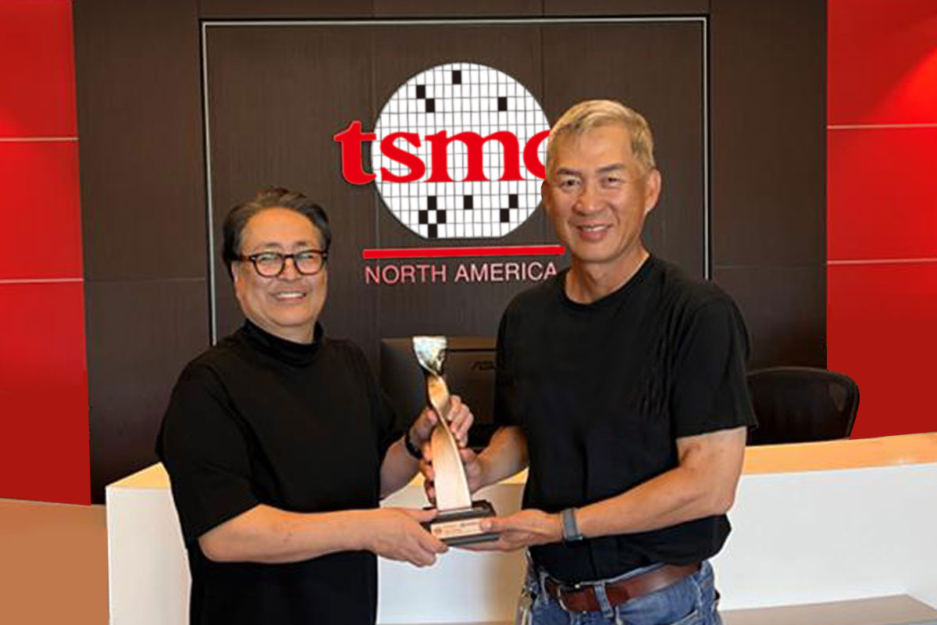
This expansion aims to fulfill the expanding calls for from the marketplace and more greatly enhance Ambiq’s circuit style and design capabilities. As Element of the enlargement, Ambiq is actively in search of regional talents to affix its workforce and assistance its international expansion endeavors.
The Apollo eleven prime crew experienced Not one of the near cheerful camaraderie characterised by that of Apollo twelve. Instead, they cast an amiable working romantic relationship. Armstrong specifically was notoriously aloof, but Collins, who regarded himself a loner, confessed to rebuffing Aldrin's attempts to create a additional personalized romantic relationship.
As being the profits office (kachari bari) with the japanese bazaar was beneath the identify of Bhawal's zamindar, it absolutely was often called Bhawal-er Kachari. Some have theorised that this was shortened to Bhaluka.
Ambiq not too long ago declared options to develop its technological know-how style and design Heart in Singapore, released in April past calendar year, to fulfill climbing calls for and more improve its circuit style abilities.
Since the industry chief in making dependable and extremely-small-electricity semiconductors for intelligent IoT, Ambiq's Apollo SoC family can permit wearables and endpoint devices to past for months or months on a single cost. In 2019, Ambiq collaborated With all the Singapore governing administration, Excelpoint, and iWOW to create on this technological innovation to enable the TraceTogether devices that facilitated Get hold of tracing and combat Local community distribute through the COVID-19 pandemic.
Quite simply just, clever wearables are poised to generate the development of your field For some time to come back.
A group of British experts interviewed as Component of the anniversary situations mirrored on the importance with the Moon landing:
Earlier this calendar year, we manufactured a formal transformation into considered one of The usa’s greatest management consulting corporations as per a study executed by Forbes.
About the Apollo 13 mission, the inboard motor suffered from big pogo oscillation, leading to an early computerized cutoff. To be certain adequate velocity was reached, the remaining 4 engines had been retained Energetic for longer than prepared.
A proprietary calibration algorithm to digitally tune the RC and XT oscillator frequency with accuracy as low as 2 ppm.
During the mission, the cause was diagnosed as being the rendezvous radar swap staying in the incorrect placement, leading to the computer to procedure data from both equally the rendezvous and landing radars concurrently.[121][122] Application engineer Don Eyles concluded in the 2005 Assistance and Manage Conference paper that the condition was as a result of a hardware layout bug Formerly noticed during tests of the 1st uncrewed LM in Apollo 5. Owning the rendezvous radar on (so it had been warmed up in case of an emergency landing abort) must have been irrelevant to the computer, but an electrical phasing mismatch between two portions of the rendezvous radar program could induce the stationary antenna to seem to the computer as dithering forwards and backwards amongst two positions, depending on how the hardware randomly run up.
Apollo 6 interstage falling absent. The motor exhaust from your S-II stage glows as it impacts the interstage.
Landing another person to the Moon was a fairly easy purpose to comprehend; lunar geology was as well summary for the normal individual. Another is usually that Kennedy's purpose of landing individuals about the Moon experienced previously been achieved.[224] A perfectly-outlined objective served Undertaking Apollo accomplish its target, but soon after it was done it had been not easy to justify continuing the lunar missions.[225][226]
The C-5 would bear ingredient screening even prior to the initial model was constructed. The S-IVB third stage might be utilised as the second stage for that C-1B, which might provide both to exhibit proof of strategy and feasibility with the C-5, but would also offer flight info essential to the development on the C-five.

Get Smart. Use Less Energy.
Ultra-low power SoCs for IoT endpoint devices
that demand complex operations
and longer battery life.
✍ Ambiq® is committed to further improve the quality of life by enabling the intelligence of endpoints while further reducing carbon footprints. Ambiq – your partner in endpoint intelligence.
✯✯✯Based in Austin, San Jose, Hsinchu, Shenzhen, and Shanghai, our leadership and management teams consist of advocates, builders, enthusiasts, entrepreneurs, explorers, incubators, inventors, pioneers, protectors, thinkers, and visionaries. With a diverse spectrum of experiences and skillset, we came together and united with one goal to enable the true Internet of Things where the battery-powered endpoint devices can truly be connected intuitively and intelligently 24/7.
Ambiq Wins the Demo of the Year Award at 2023 TSMC Technology Symposium
September 7, 2023, Austin, TX – Ambiq®, a leading developer of ultra-low-power semiconductor solutions that deliver a multifold increase in energy efficiency, was awarded the Demo of the Year Award by TSMC as a participant of the Innovation Zone at the 2023 TSMC North America Technology Symposium.
Ambiq Wins the Demo of the Year Award at 2023 TSMC Technology Symposium
During the April event, Ambiq showcased various product design wins using TSMC’s 22nm technology in wearables, digital health, smart home, Industrial IoT, pet trackers, and retail segments, with industry-leading Microncontrollers energy efficiency. Ambiq also featured two live demos emphasizing its leadership in enabling endpoint AI with its HeartKit™ for remote patient monitoring and its graphics display capabilities for a vivid user interface.

TSMC pioneered the pure-play semiconductor foundry business model when it was founded in 1987, helping startup companies accelerate their innovations by providing access to the industry’s leading process technologies and manufacturing capacity. Since 2021, TSMC has expanded that mission with an Innovation Zone at its worldwide Technology Symposiums, highlighting how TSMC partners with startup companies to enable cutting-edge products from various applications, including high-performance computing, communication, automotive, IoT, and consumer segments.
“We’re grateful to TSMC and our booth visitors for allowing us to share our energy-efficient technology and processor solutions with them,” said Ambiq’s CEO, Fumihide Esaka. “We’re moving towards an exciting frontier of AI becoming more engrained with our daily lives. With that vision on the horizon, we will continue to develop innovative and first-of-its-kind ultra-low-powered solutions that keep innovation and sustainability in mind.

Ambiq’s mission is to develop the lowest-power semiconductor solutions to enable intelligent devices everywhere by developing the lowest-power semiconductor solutions to drive a more energy-efficient, sustainable, and data-driven world. Ambiq has helped leading manufacturers worldwide develop products that last weeks on a single charge (rather than days), while delivering a maximum feature set in compact industrial designs. Ambiq’s goal is to take Artificial Intelligence (AI) where it has never gone before in mobile and portable devices, using Ambiq’s advanced ultra-low power system on chip (SoC) solutions. Ambiq has shipped more than 200 million units as of March 2023.
Ambiq Designs Low-Power for Next Gen Endpoint Devices
Ambiq’s VP of Architecture and Product Planning, Dan Cermak, joins the ipXchange team at CES to discuss how manufacturers can improve their products with ultra-low power. As technology becomes more sophisticated, energy consumption continues to grow. Here Dan outlines how Ambiq stays ahead of the curve by planning for energy requirements 5 years in advance.
Ambiq Highlights From Embedded World 2024
Facebook | Linkedin | Twitter | YouTube